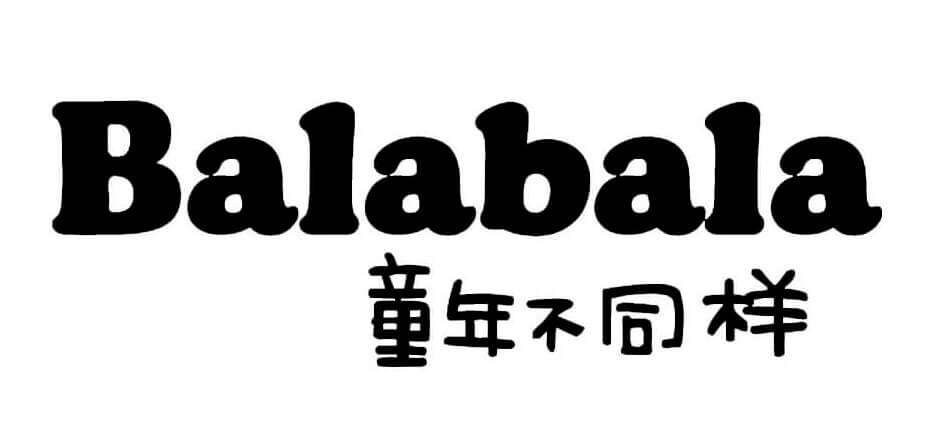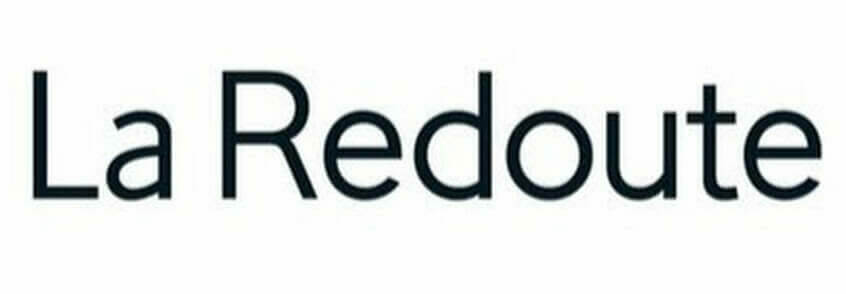If the role of a men’s fashion brand is to translate the times into sustainable and desirable products, its strength comes from its ability to reinvent a wardrobe of essentials and to shape a style story that values new representations of the masculine, inclusive, fluid, transgenerational, far from fitting into a single label.
How to be a responsible, transparent, representative brand and respond to market changes without losing its singularity? Insights and recommendations from Augustin Fouda creator of La BriQueTerie, a Paris-based men’s fashion brand.
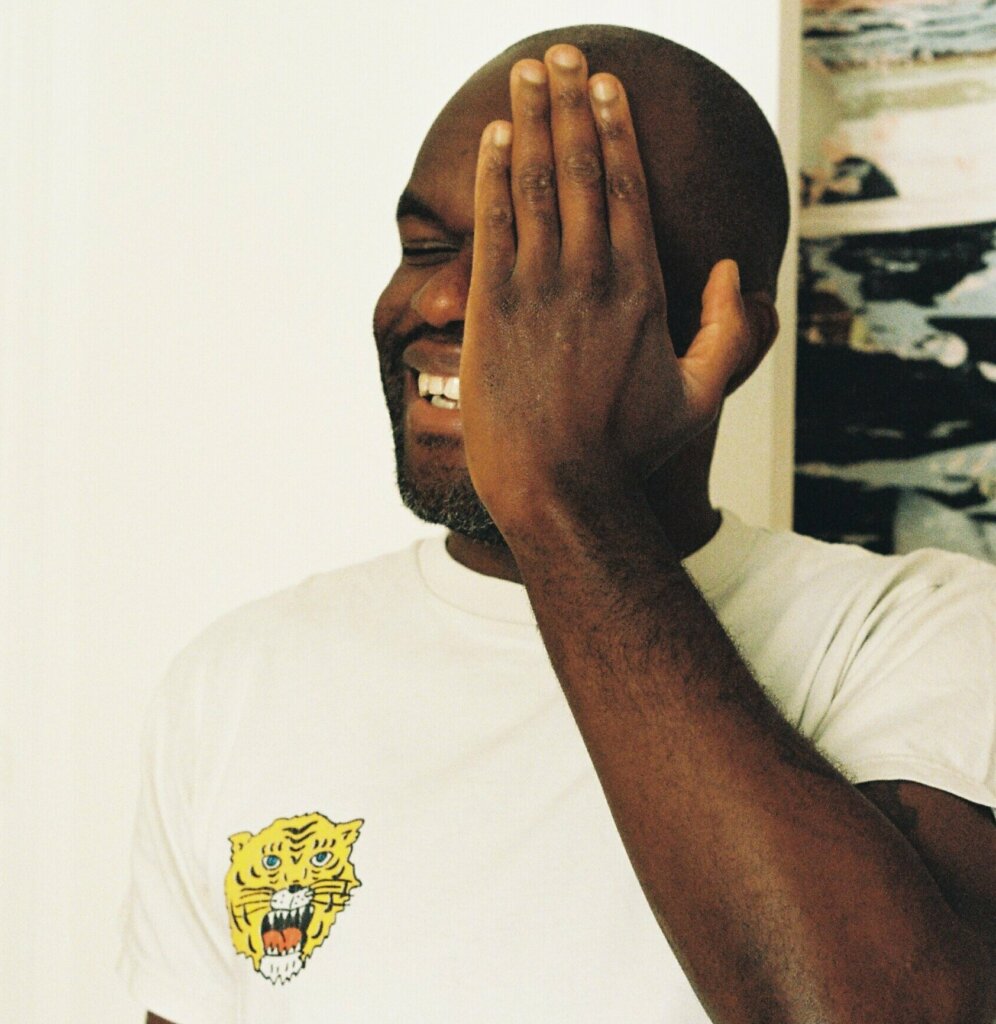 images courtesy of labriqueterie.co
images courtesy of labriqueterie.co
BRAND IDENTITY : the qualities that make La BriQueTerie stand out from the crowd.
Designing a ” compact ” wardrobe of softened classics, humble, accessible luxury collections, designed for men but also to suit women.
Cultivating a personal style by creating collections that combine a sense of ease and sobriety, freedom of movement and timelessness. Working on the proportions to adapt them to all morphologies, supple, comfortable.
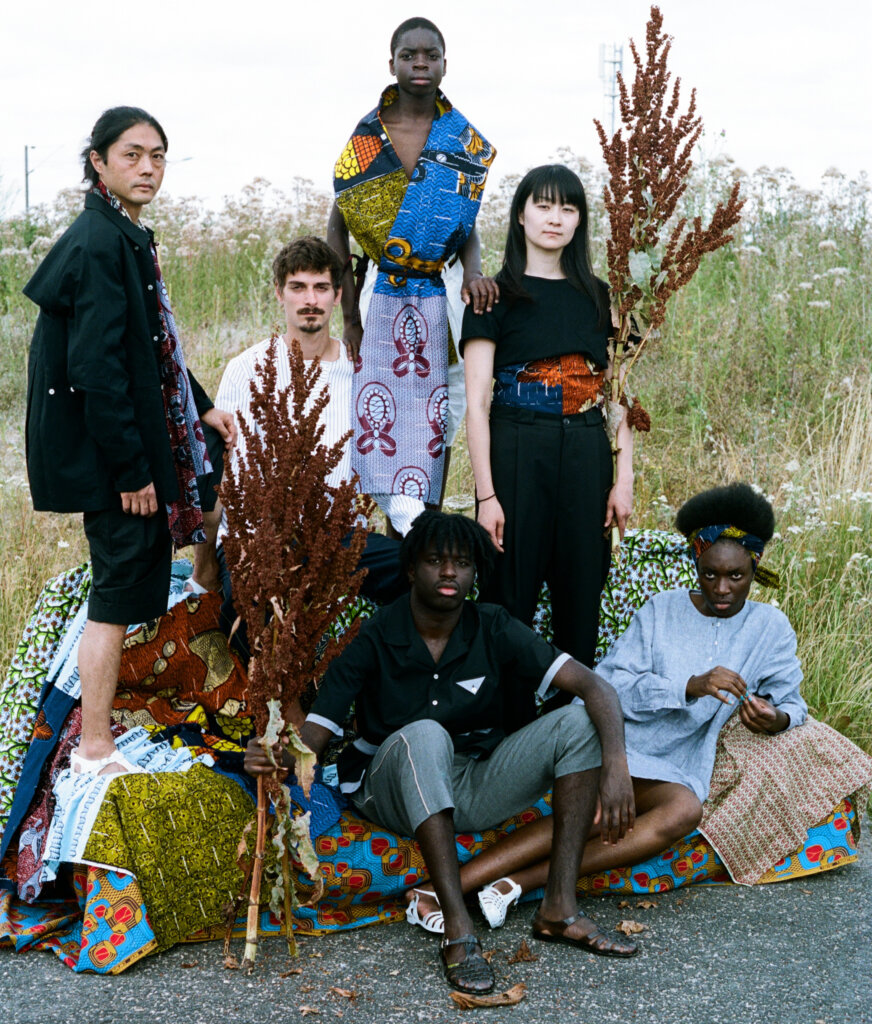
Focusing on key priorities : the quality of the materials, the “tailoring” cutting technique and the attention to savvy details, combined with the functionality of utilitywear and the versatility of outdoorwear for a long-lasting, inter-seasonal garment.
Designing a “signature” garment with a universal aesthetic that brings communities together to be a cultural bridge between cities and countries and especially between people. Paris, Tokyo and Yaoundé are the main sources of inspiration that nourish the aesthetics of the brand.
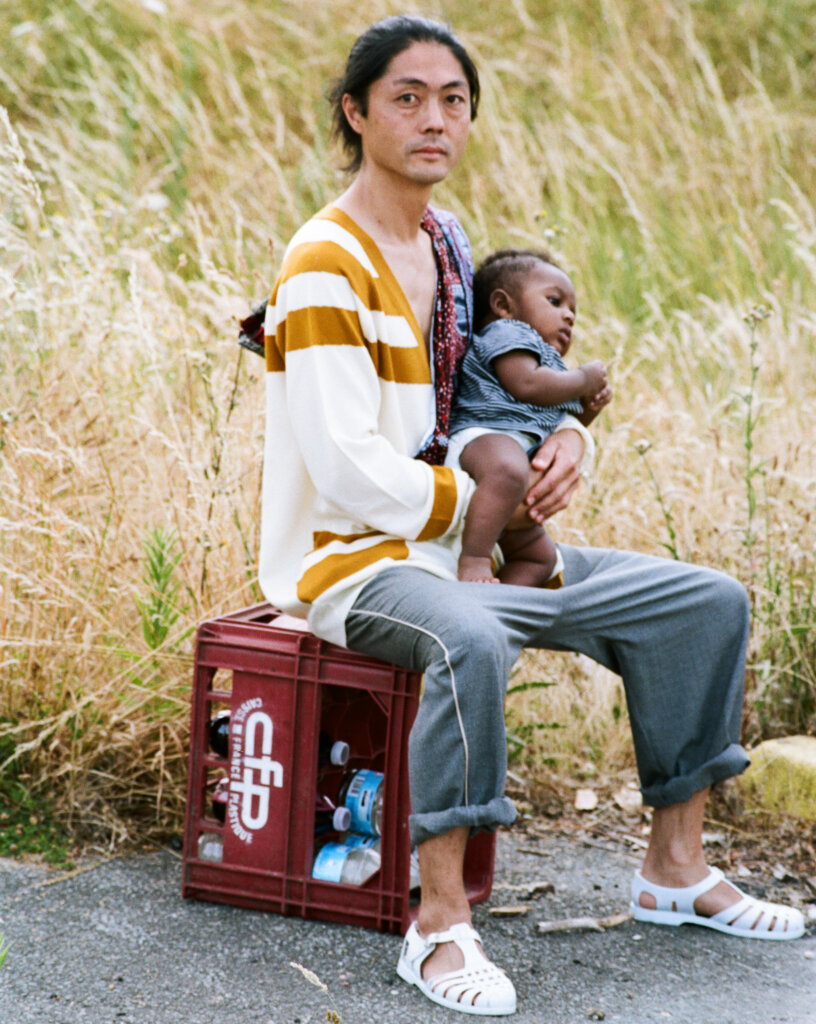
Key fundamentals for building a long-lasting brand
Authenticity, transparency, being an example through the coherence of its actions are three of the most important values to create a long-lasting brand.
An “agile” positioning is an asset to find its position between luxury, which prices are constantly increasing, and “mainstream fashion”.
The use of specific know-how and craftsmanship to avoid falling into uniformity.
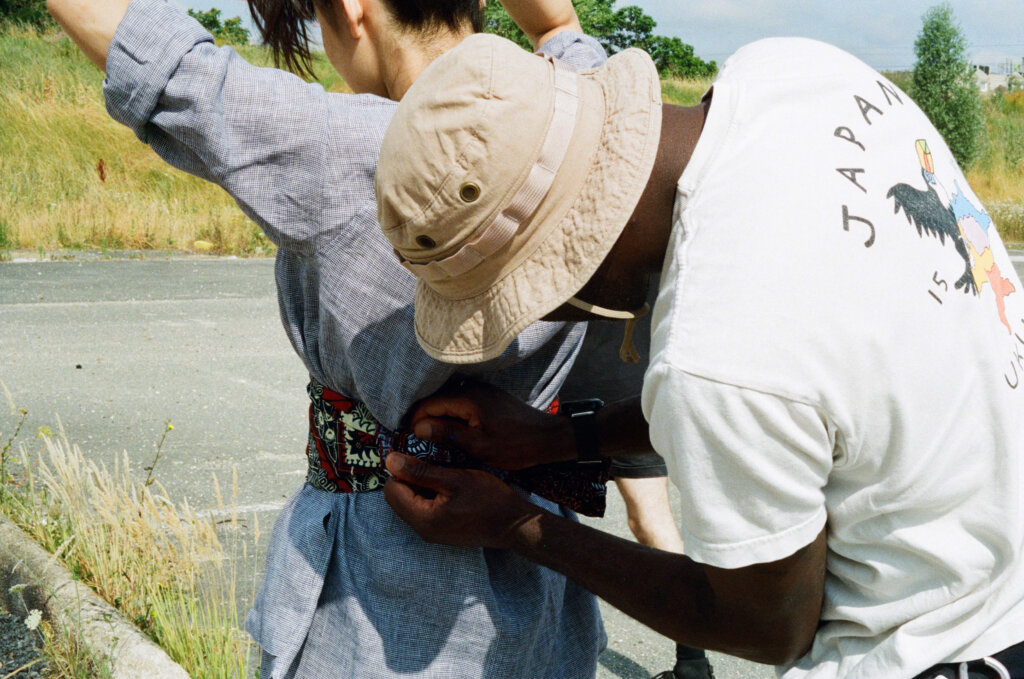
Rarity by creating a purposeful number of pieces per collection that coordinate and can be layered to adapt to different moments of the day.
Semi-personalisation with unique labels and the buyer’s initials on a handmade and responsible packaging.
Listening to and getting to know your customers. Consulting your community to be able to meet their needs, rethink details or make its collections evolve thanks to their feedbacks .
What is the business model for today and tomorrow?
Start by developing the brand internationally, notably by exporting to Japan and China, to then establish and expand more easily in France, the brand’s “birthplace”.
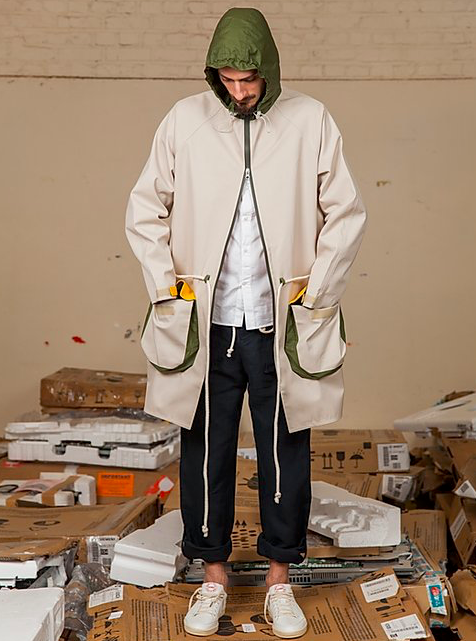
Control the production. Growing by giving priority to direct online and showroom sales in France, have selective physical sales points abroad to build customer loyalty and eventually develop a wholesale network on the brand’s own terms.
Adopt a short production circuit with made in Europe and micro-local production in Paris. Know all the partners well, from manufacturers to distributors.
Find a more reasonable rhythm and number of collections is an opportunity to differentiate for an independent label that must take a strong position on environmental and societal challenges.
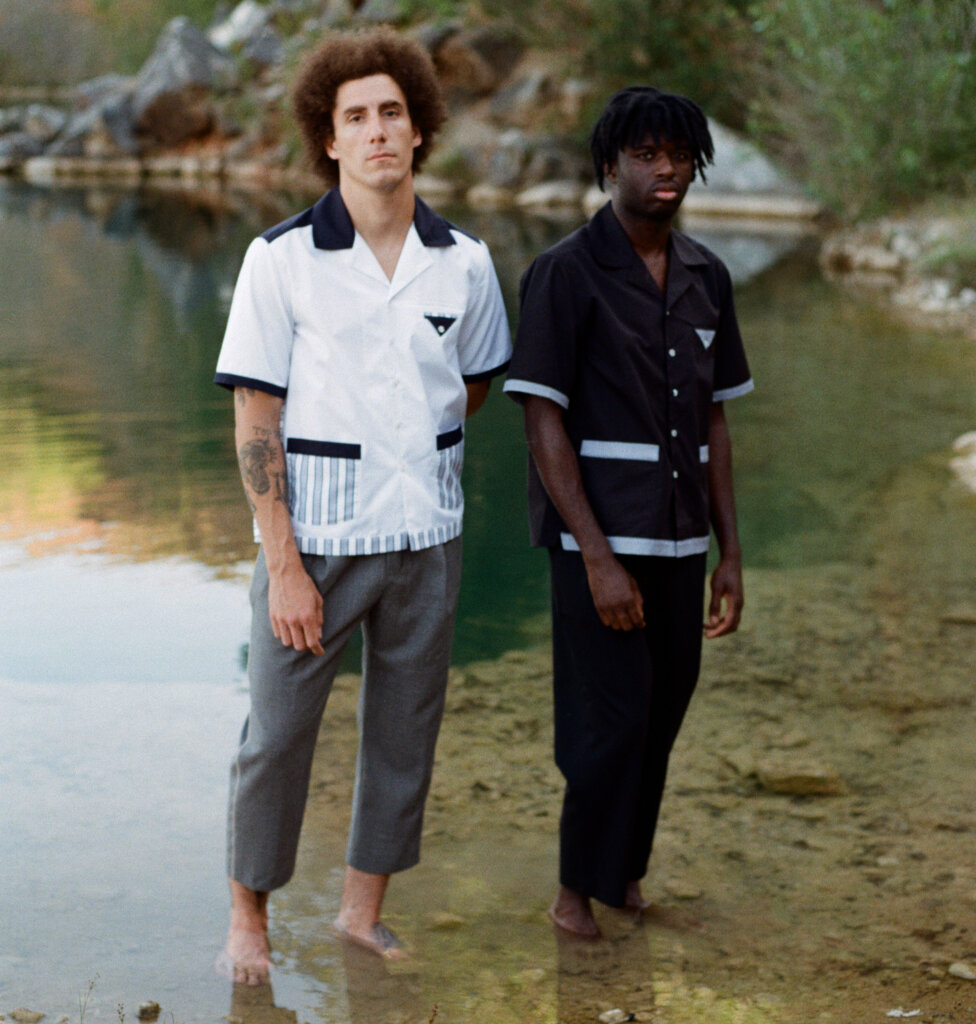
Replace rapid growth with a search for stability in the long term, while remaining a structure operating on a very manageable human scale.
In the near future, the model to be followed would be that of creative studios to differentiate from “pure fashion” brands and diversify by developing other disciplines, multidisciplinary partnerships and a lifestyle universe.
Discover all the creative scenarios and designers that inspire us in our new SS22 Men’s fashion Trendbook. Contact usto discover all our latest trendbooks.




